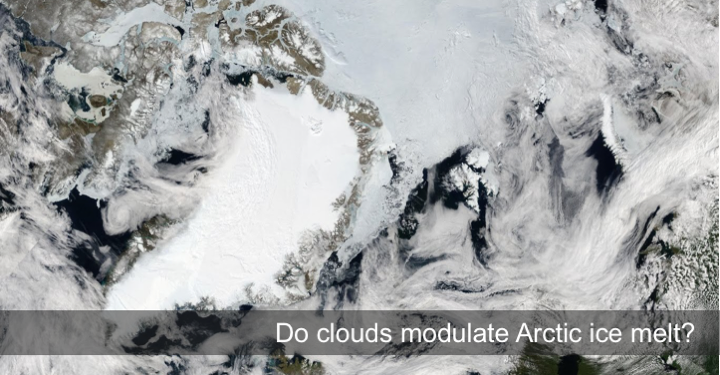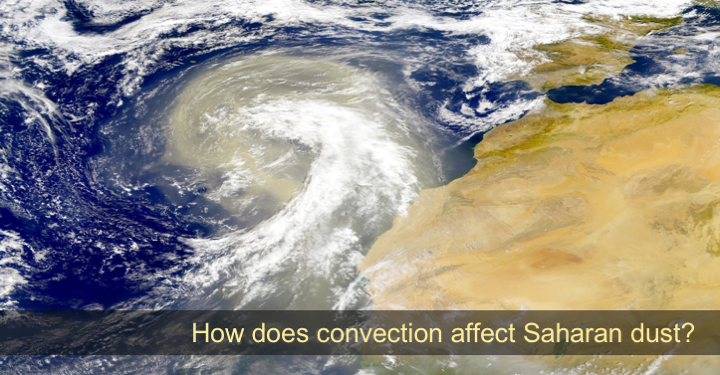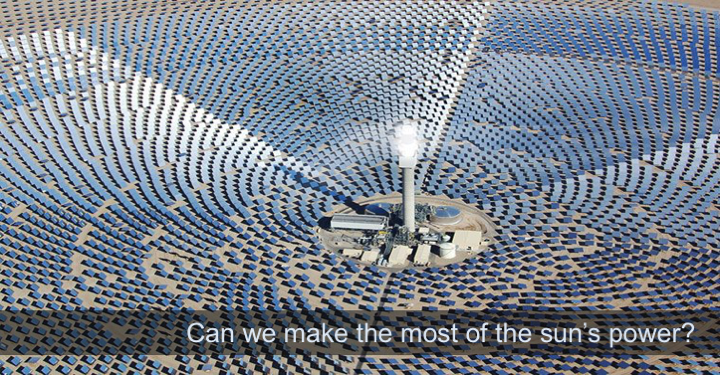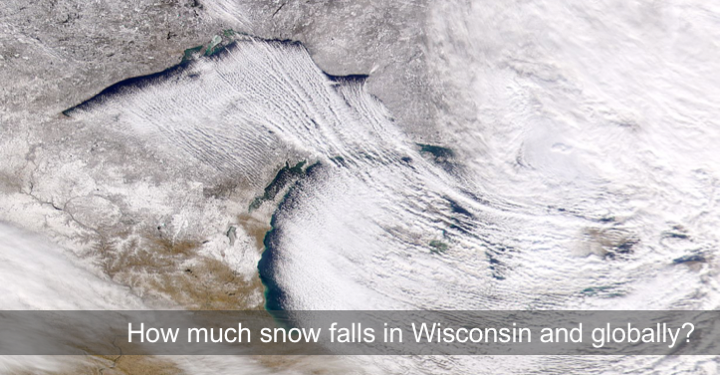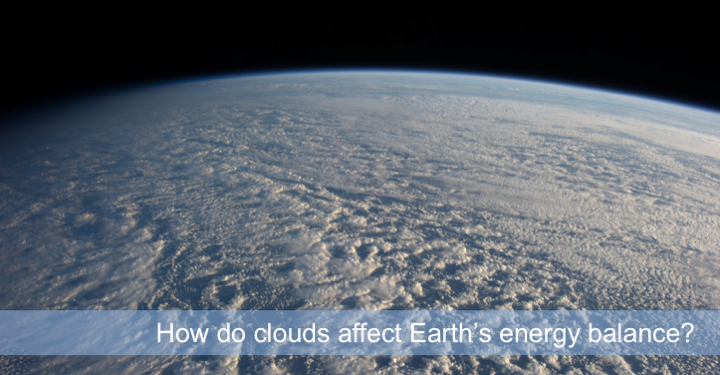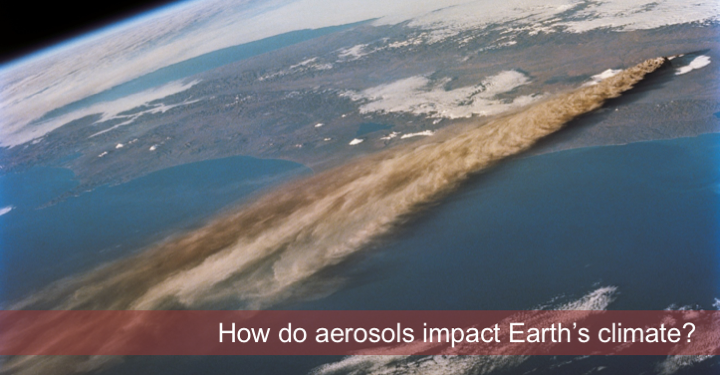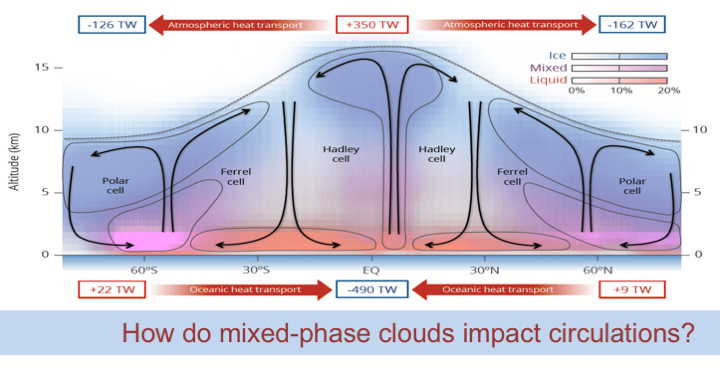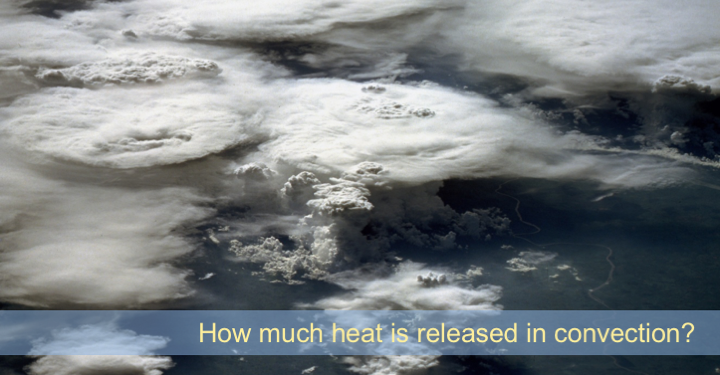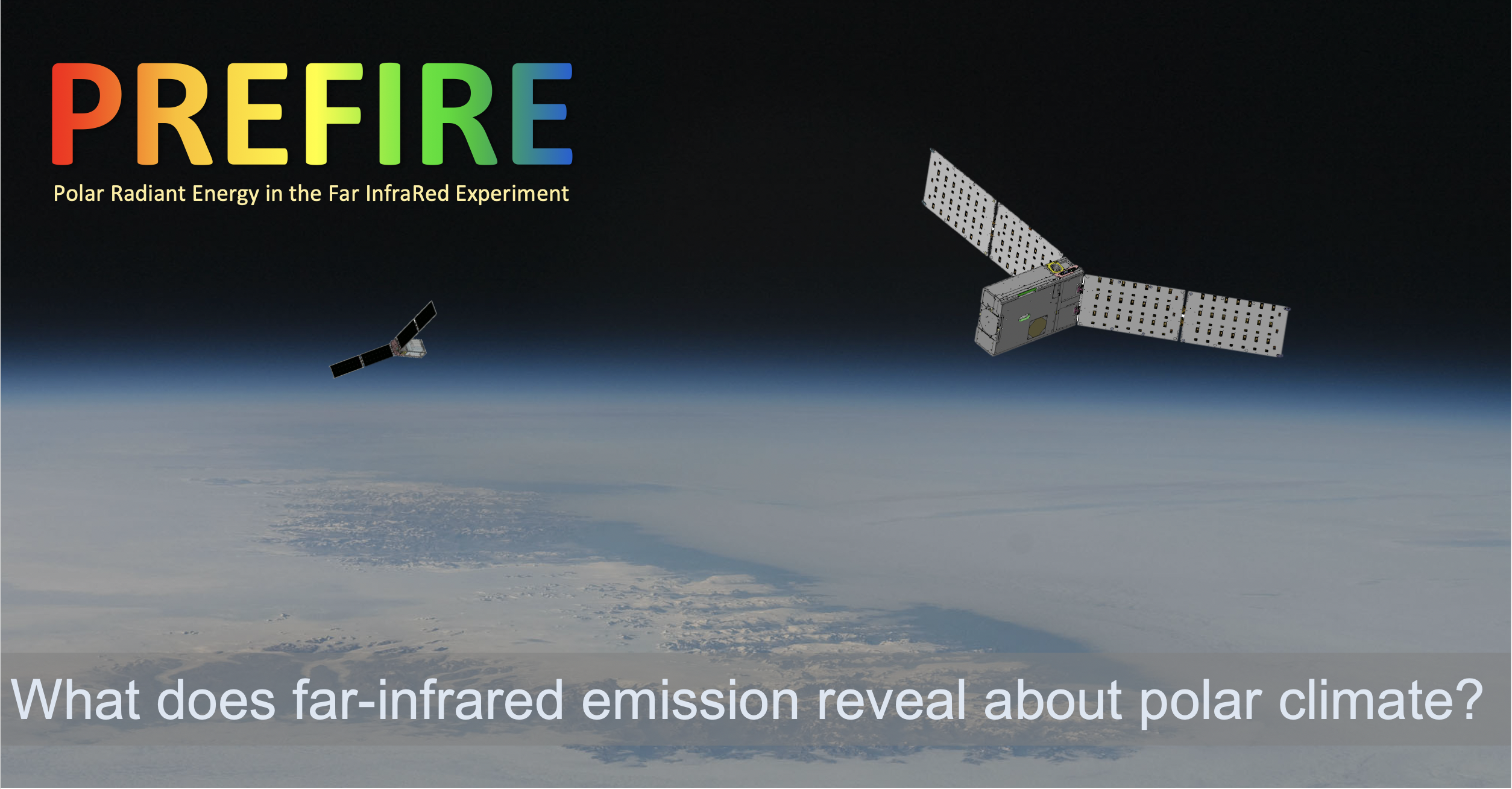Welcome to the homepage of Professor Tristan L'Ecuyer and the Atmospheric Radiation and Climate Research Group in the Department of Atmospheric and Oceanic Sciences at the University of Wisconsin-Madison. Our research seeks to improve climate prediction by better understanding the processes that govern atmospheric energy balance and the global water cycle. We believe this can only be achieved by combining state-of-the art remote sensing tools, innovative analysis of satellite datasets, coordinated regional field projects, and numerical modeling. Take a minute and get to know who we are, look through our publications, explore our projects, and read our latest news.
Research Interests: Earth's Energy Balance, Aerosols and Climate, High Clouds and Convection, Warm Rain, Snow, Polar Climate, Field Work

